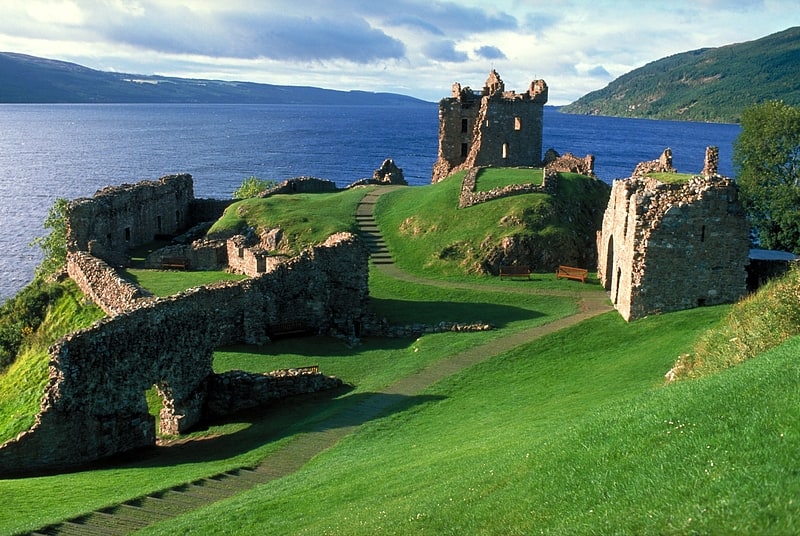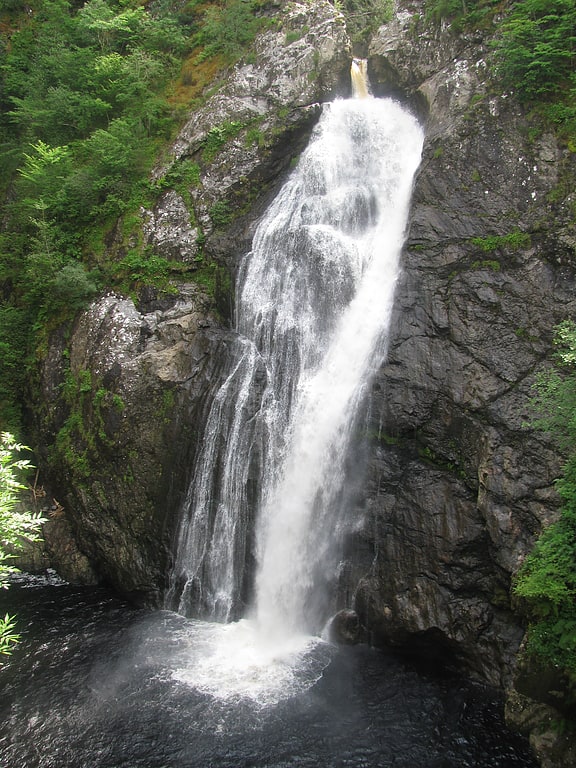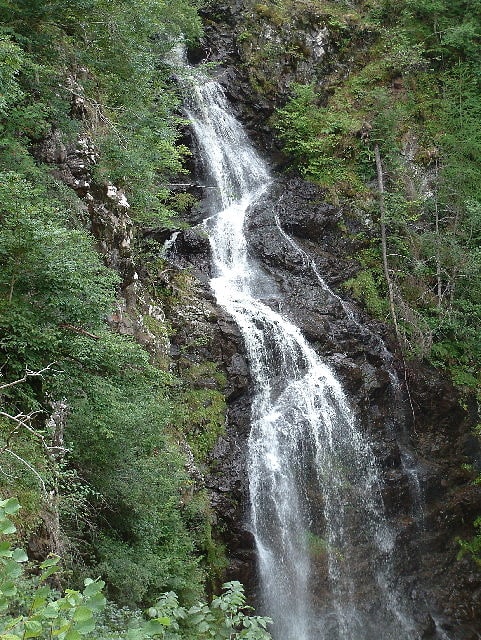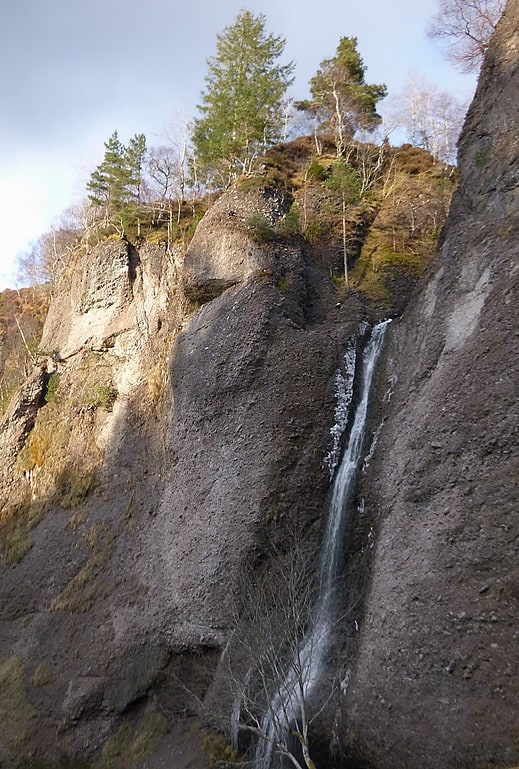Discover 5 hidden attractions, cool sights, and unusual things to do in Drumnadrochit (United Kingdom). Don't miss out on these must-see attractions: Urquhart Castle, Falls of Foyers, and Falls of Divach. Also, be sure to include Culnaskiach Falls in your itinerary.
Below, you can find the list of the most amazing places you should visit in Drumnadrochit (Scotland).
Table of Contents
Urquhart Castle

Loch-side, ruined 16th-century fortress. Urquhart Castle, a ruin, sits beside Loch Ness in the Highlands of Scotland. The castle is on the A82 road, 21 kilometres south-west of Inverness and 2 kilometres east of the village of Drumnadrochit.
The present ruins date from the 13th to the 16th centuries, though built on the site of an early medieval fortification. Founded in the 13th century, Urquhart played a role in the Wars of Scottish Independence in the 14th century. It was subsequently held as a royal castle, and was raided on several occasions by the MacDonald Earls of Ross. The castle was granted to the Clan Grant in 1509, though conflict with the MacDonalds continued. Despite a series of further raids the castle was strengthened, only to be largely abandoned by the middle of the 17th century. Urquhart was partially destroyed in 1692 to prevent its use by Jacobite forces, and subsequently decayed. In the 20th century it was placed in state care as a scheduled monument and opened to the public: it is now one of the most-visited castles in Scotland and received 547,518 visitors in 2019.
The castle, situated on a headland overlooking Loch Ness, is one of the largest in Scotland in area. It was approached from the west and defended by a ditch and drawbridge. The buildings of the castle were laid out around two main enclosures on the shore. The northern enclosure or Nether Bailey includes most of the more intact structures, including the gatehouse, and the five-story Grant Tower at the north end of the castle. The southern enclosure or Upper Bailey, sited on higher ground, comprises the scant remains of earlier buildings.[1]
Address: A82 Road, IV63 6XJ Drumnadrochit
Falls of Foyers

Waterfall in Scotland. The Fall of Foyers is a waterfall on the River Foyers, which feeds Loch Ness, in Highland, Scotland, United Kingdom. It is located on the lower portion of the River Foyers, and drops 165 feet.
The flow over the falls has been much reduced since 1895 when North British Aluminium Company built an aluminium smelting plant on the shore of Loch Ness which was powered by electricity generated by the river. Artist Mary Rose Hill Burton, who was active in the unsuccessful resistance against the smelting plant, made many drawings and paintings of the falls before the plant was built, to capture the landscape in nature before it was lost.
The plant shut in 1967 and in 1975 the site became part of the Foyers Pumped Storage Power Station on the banks of Loch Ness, the 300 MegaWatt pumped-storage hydroelectricity system uses Loch Mhòr as the upper reservoir.
The falls influenced Robert Addams to write a paper in 1834 about the motion aftereffect.[2]
Falls of Divach

Tourist attraction in Scotland. Falls of Divach is a waterfall of Scotland. Pronounced 'Jeevach', the Divach Burn falls 100 feet to the River Coiltie, which continues its course through Lewiston village, the "Cover", then into Urquhart Bay, half way along the northern shore of Loch Ness.[3]
Culnaskiach Falls

Waterfall in Scotland. Culnaskiach Falls is a waterfall in Boblainy Forest, to the south of the village of Kiltarlity, in the Highland council area of Scotland. It is on a small stream which flows into the Bruiach Burn.[4]
Corrimony Falls

Corrimony Falls is a waterfall on the River Enrick, near Corrimony in Glenurquhart, in the Highland council area of Scotland. It is a local tourist attraction in the spring and summer.[5]